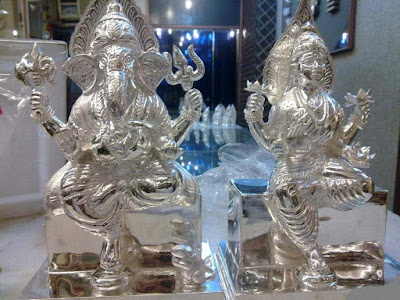�Never cry over spilt milk, because it may have been poisoned.� W. C. Fields
There�s almost no one in the world who doesn�t know it. That liquid, creamy joy that�s accompanied us since birth - whether with our morning granola, as the essence of a foamy latte, or a pure delicious side to freshly baked cookies. Cleopatra poured it in her bathwater thinking it would keep her skin eternally youthful. �Milk is full of calcium, it�ll make you big and strong,� or so we�ve heard since before we could even give voice to its name. Known the world over and accepted for centuries as one of the foundations of our food pyramid, today milk is more controversial than ever. A peek in the office refrigerator is enough to witness it for yourself - fighting for the pole position are rice, soy, skim, almond, and lactose-free alongside the universally known whole milk. One discovers the exact debate surrounding milk rather quickly - all of these varieties have their own benefits and disadvantages.
See our little milk overview & additional photography by the amazing photo studio severafrahm after the jump.

Rice Milk
Rice milk is a type of grain milk made from rice. It is commonly unsweetened; the sweet taste originates from a natural enzymaticprocess, in which the carbohydrates are split into sugars.
Benefits
Rice milk is the most hypoallergenic of all milk products. Rice milk contains a generous supply of balanced nutrients.
Rice milk has the least amount of fat in comparison other types of milks. There is only one gram of unsaturated fat per cup. Rice milk is a good source of B vitamins, which are essential to metabolism.
DrawbacksRice milk is highly starchy. One cup of rice milk contains 33 grams of carbohydrates, three to four times the amount in cowor soy milk. For persons with diabetes rice milk can cause a sugar overload. Rice milk has little protein in comparison to cowor soy milk. Many find it to be less satisfying in taste and ineffective for appetite control. It contains almost no calcium, aside from brands that contain artificially added calcium.
Almond Milk
Almond milk is made from ground almonds. It does not contain any animal products, making it suitable for vegans and vegetarians.Vanilla and chocolate flavors are often added, as well as sweeteners.
Benefits
Almond milk is a good source of the antioxidant vitamin E, which can prevent cancer and has been shown to help slow the signs of aging. Almond milk contains no cholesterol and no saturated fats, so it won�t harm your cardiovascular system. Compared to cow or soy milk, almond milk has the highest concentrations of vitamins and minerals. All of the nutrients, which are added to other milk varieties, occur naturally in almond milk. Almond milk is very low in calories and contains only about three grams of healthy fat per serving.
Drawbacks
Feeding almond milk to infants may cause tree nut allergies to develop. Processed almond milk may also contain unwanted additives and sweeteners. It is very dangerous for those who have even a light tree nut allergy.
Long-Life/Ultra High Temperature Milk
While fresh (pasteurized) milk is heated to 74�C for 15 seconds, long-life milk is super heated to 140�C for two secondsand then packaged in a completely sterile environment.
Benefits
Long-life milk can be stored for months. It is easier to digest than fresh milk. In long-life milk pathogenic microorganisms are already destroyed. UHT milk is cheaper.
Drawbacks
Due to the heating process important vitamins are lost. The taste is weak in comparison to fresh milk. The loss of lactic bacteria makes it hard to notice when the milk is spoiled.
Lactose-Free Milk
People who lack the enzyme lactase cannot digest lactose, the milk sugar. Based on human evolution almost 75 percent of theworld�s population is lactose intolerant. In lactose-free dairy products the milk sugar is already split into the two primary sugars,
dextrose and galactose, mostly by adding the enzyme lactase.
Benefits
Because of the sweetness of lactose-free milk extra sugar isn�t necessary, for example in coffee.
Drawbacks
Lactose-free products may contain unwanted additives, preservatives, and acids.







Comments
Post a Comment